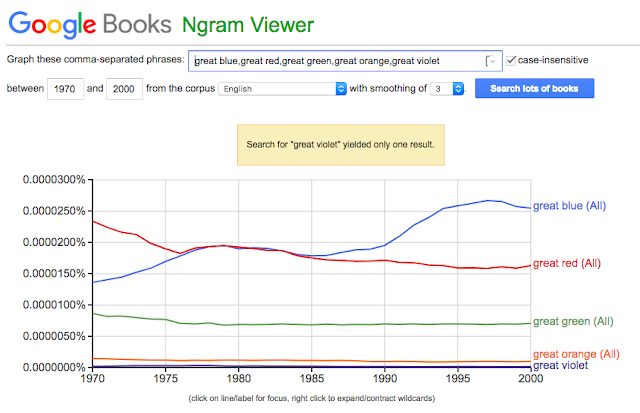So I've been looking at some reviews to see what others make of it. On the A.V. Club, Caroline Siede writes:
"The episode leaves it up to the viewer to decide why Erik didn’t try to bring Hanne to the parallel universe to begin with. You could charitably say he didn’t want to risk her life or uncharitably say he wanted to live like a carefree newlywed."
The choice of possible explanations is not so binary or stark, of course.
It seems quite likely to me that Erik half-suspected or half-feared that Trina was an illusion and that Hanne, though physically blind, might see through it. As indeed she did.
What I like about that explanation is that it allows for Erik's willingness to be deluded, his complicity in self-delusion. This is surely a very common human failing, even among people who are otherwise well-meaning and intelligent.*
Another alternative explanation (which is ultimately less satisfying because it involves more speculation) is that Erik might have told himself that he would bring Hanne over and/or bring Trina back eventually, without ever acknowledging and confronting the depth and intensity of his desire to remain in the Solitract universe with Trina. This would again be self-delusion, but in the form of wishful thinking, buttressed by a bit of wilful blindness. A weasel word like eventually, without any timeframe attached or any accountability, would allow Erik to deceive himself about what he is doing and why. He could potentially spend the rest of his life with Trina, always assuring hmself of his perfectly good intention to do the right thing by Hanne eventually (but never today).
I suppose both of these could be seen as manifestations of a deeper fear on Erik's part: The fear that bringing in Hanne will cause him to lose Trina. But it's a fear he wouldn't have if he didn't know, deep down in his heart of heats, that Trina was really dead.
~ ~ ~
FN * And if Erik had a perhaps subconscious suspicion or fear that Trina might be an illusion, might not that anxiety have found an outlet or release in his own elaborately constructed illusion for Hanne? It's not decisive, but I would note that although the illusions differ in their sophistication, both the Solitract and Erik use them in the same way (i.e., to manipulate and control others).







